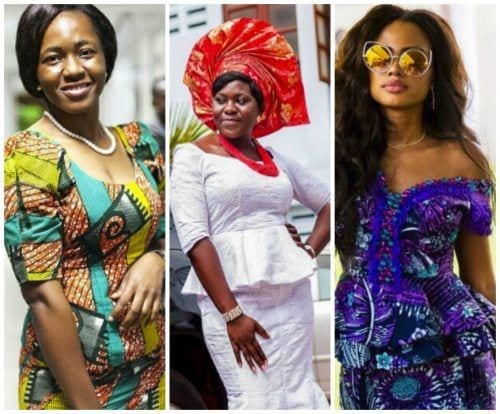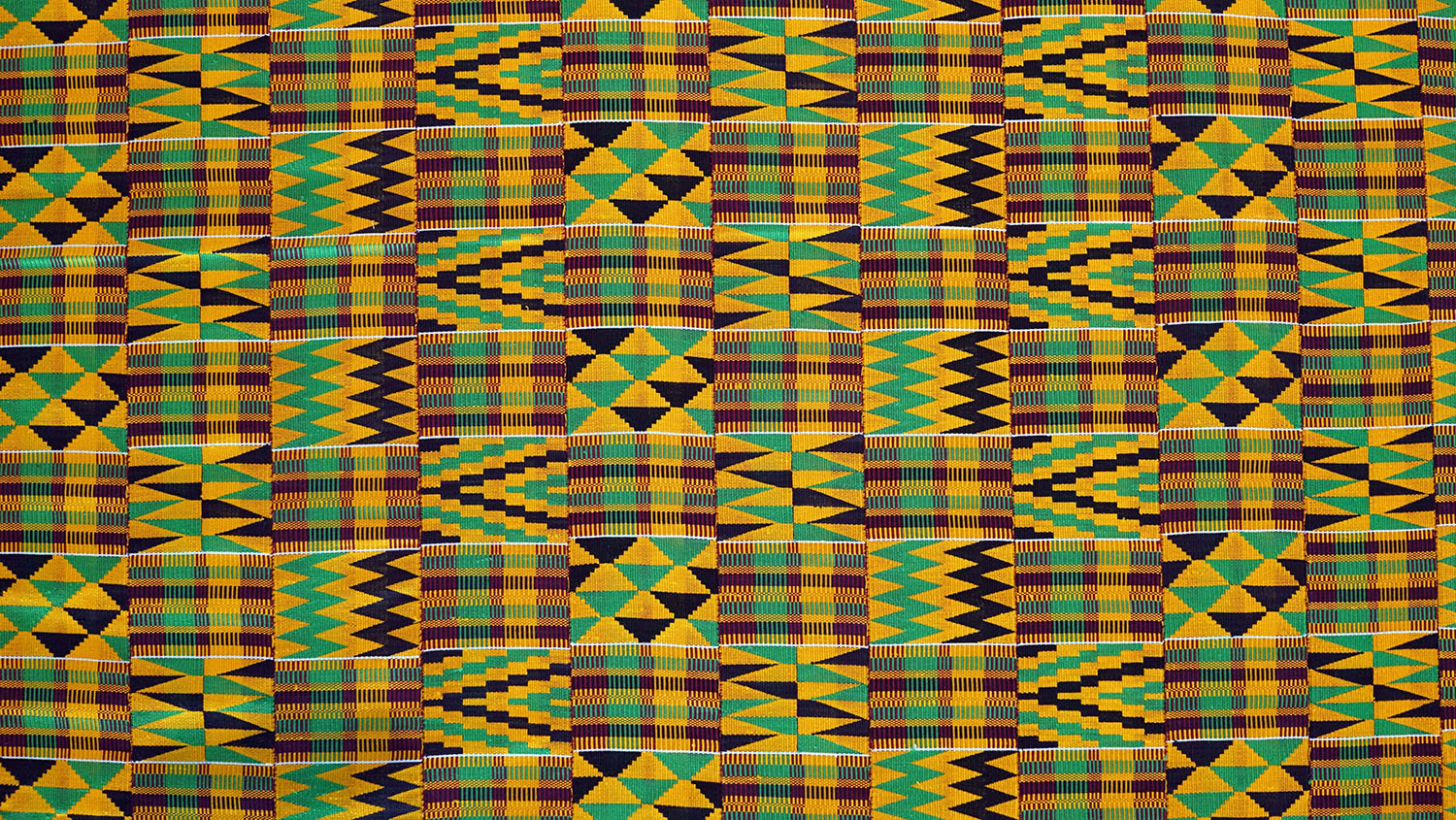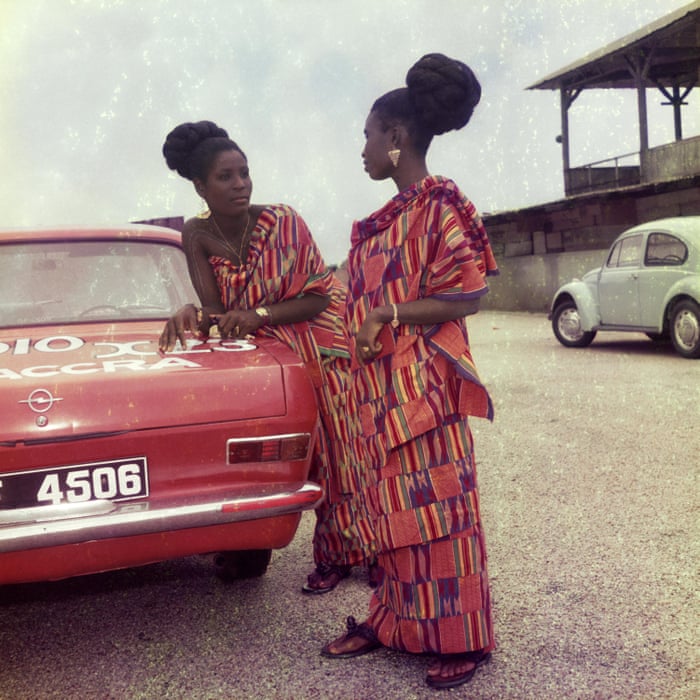Body Image and Fashion in Ghana
By Jade and Liv
Skin Bleaching
Skin lightening, or skin bleaching, is a cosmetic procedure that aims to lighten dark areas of skin or achieve a generally paler skin tone. It’s usually used to improve the appearance of blemishes such as birthmarks and melasma (dark patches).
Interesting Fact: Lighter skin tones were desirable for hundreds of years before slavery started and was widely associated with wealth and status. This was due to the idea that only rich women could afford not to work outside, thereby avoiding the skin-darkening effects of the sun.
Ghana Banning Skin Bleaching Products
The bleaching agent in most bleaching creams is hydroquinone and the Ghana standard now is that there should be zero percent hydroquinone in bleaching creams. Ghana is now similar to countries like Australia, the United States and Japan which have put a stop to selling bleaching products or regulations on bleaching products. The ban of hydroquinone in Ghana is extremely important given the widespread presence of skin-bleaching on the continent, where 70% of Nigerian women alone admit to using skin lightening products.
Ideas around Beauty
I was not able to find much qualitative research engaging with current experiences of Ghanaian women and beauty, so I decided to connect with a Ghanaian friend of mine, Stephanie (pseudonym). Stephanie has a unique positionality however, she was born in Ghana but lived a great amount of her youth in the U.S. but currently she is back in Ghana. I asked her about beauty standards, from her own understanding. I did not anticipate what she shared with me because it seemed to be a little more eurocentric than I expected. This is definitely something I look forward to engaging with when I visit Ghana as an African American woman myself.
*Stephanie was happy to share with me and give me permission to share her responses.
- What is your view on beauty standards in Ghana?
- I think everyone is beautiful in their own way. I personally like to be a medium size because I am not too fat or too thin. But I would like to be a little thinner. This is because I think thinness is slightly looked at as better, but is sort of looked at in the same way as an in-between of fat and skinny.
- Per your last statement of being in between fat and skinny can you elaborate?
- I think the idea of being slim/thick is more appealing nowadays. It is similar to the USA where all the girls have a thinner waist and larger behinds. It’s starting to be super appealing. Honestly, this is just my understanding and perception of what goes on around me. It just looks better! (see further discussion on body size in the next section)
- How is skin color viewed in Ghana?
- Everyone has a darker shade of skin and some women are light skin. Because I am dark skinned, when I am home I am not conscientious of my skin color. However, in the USA, I was always teased because lighter skin tones were seen as more appealing. I know there are bleaching products here (Ghana), but I do not pay much mind to them. I know they are really dangerous so I stay away from them.
- What does body positivity mean to you?
- It means that you should love yourself no matter what anyone says. I do not talk about the topic much, I know I am supposed to know I’m beautiful and I believe it.
Body Size in Ghana
Appiah, Otoo, Steiner-Asiedu (2016), ran a cross sectional study on 394 church women in the Kumasi Metropolis area. They were asked about preferred body size using silhouettes consisting of 6 different BMI scalings. They were asked to associate health, preference, and social attributes to the body sizes in relation to Ghana. Results indicated a statistical significance on the participants’ preferred overweight body sizes. They associated overweight body sizes with wealth, eating well, and high social standings. In the end, normal body size was aligned with being overweight. These results were thought to be due to most of the participants (68.4%) being overweight/obese themselves. Overall, there were other studies conducted that were consistent with my friend Stephanie’s ideas around the preferred body size being not too skinny but not to big. These studies were not based on statistics but rather on individuals’ views on what their preferred body size was.
One beneficial thing about Ghana, in relation to body image, is that fashion is not restricted to people of certain sizes; anyone can have clothing designed and made for the individual.
Ghanaian Fashion
Despite the influx of Western styles, many Ghanaians take pride in still wearing traditional clothing, especially people of older generations. However, traditional African prints are making a comeback in youth fashion as well, especially when it comes to bright and colorful patterns. Women often wear long skirts or dresses in bright colors, often accompanied by a matching headscarf. Men tend to wear long smocks over pants. Overall, the plastic sandal is the most common footwear in Ghana, but they do wear dress shoes for certain occasions.

Kente Cloth

For events and special occasions, Ghanaians often wear traditional Kente cloth. Kente cloth is a mix of cotton and silk that originates from the Asante region. Legend has it that two young men learned the art of weaving by observing a spider weaving its web. One night, the two men went out into the forest, and they were amazed by a beautiful spider’s web whose many unique designs sparkled in the moonlight. The spider, named Ananse, offered to show the men how to weave such designs. After learning how to weave the designs with a single thread, the men returned home and reported their discovery to the first ruler of the Asante kingdom. The Asante people adopted their creation, named Kente, as a royal cloth reserved for special occasions, and their village, Bonwire, became the leading Kente weaving center for the Asante people. Although Kente fabric today is more accessible to those outside of the royal bloodline, it is still associated with wealth and high social status. Young men in Ghana learn to weave kente cloth around the age of seven. (Micots)
Rising Popularity of Ghanaian Fashion
Ghanaian fashion is also taking on a more global popularity. Costume designers on the set of Black Panther sent a research team to Ghana to get inspiration for T’challa’s outfits in the film. The fashion in Black Panther was a fusion of various African styles, not solely Ghanaian.

Celebrities including Beyoncé and Alicia Keys have developed styles and worn outfits influenced by Ghanaian fashion. Whether this sudden rise in popularity is due to the generous use of bright colors in Ghanaian fashion or because of the ‘African Renaissance’ that has seen younger generations, especially of African descent, become increasingly interested in and influenced by African popular culture and style, Ghanaian fashion is definitely moving up in the world of global fashion. (Landtours)
James Barnor – Capturing Ghanaian Fashion in Photography
James Barnor photographed people in Ghana throughout the 60’s and 70’s. As the country headed toward independence, it began to incorporate more modernity into its fashion and other institutions. His work was essential in bringing black models into the British mainstream media. He was also among the first fashion photographers to do outside shoots in full processed color, which allowed for the beautiful prints in the cloth to be brought out. (Barnor)

After living in England for a time, Barnor returned to Ghana and opened the first color processing studio in the country during the 1970’s. During this period, he was the first person to shoot outdoors and process images in full color. Today, James Barnor is finally getting the recognition that he deserves, and his work has been shown in many museums and galleries. He has even embraced the modern photography world by getting an Instagram account at age 87 to show off his work. (Barnor)
Sources
- Appiah, C. A., Otoo, G. E., & Steiner-Asiedu, M. (2016, April 26). Preferred body size in urban Ghanaian women: implication on the overweight/obesity problem. Retrieved from http://www.panafrican-med-journal.com/content/article/23/239/full/.
- Barnor, J. (2016, September 22). Celebrating James Barnor – the first photographer to shoot Ghana in colour . Retrieved from https://www.theguardian.com/world/gallery/2016/sep/22/street-style-ghana-fashion-photographer-james-barnor?CMP=share_btn_fb.
- Frimpong, D. (2017, August 28). Heres why one African country is banning skin bleaching products. Retrieved from https://www.businessinsider.com/an-african-country-is-banning-skin-bleaching-products-2017-8.
- Haworth, A. (2018, December 7). Forced to Be Fat. Retrieved from https://www.marieclaire.com/politics/news/a3513/forcefeeding-in-mauritania/.
- Landtours Ghana. (2018, July 19). Ghanaian Fashion on the Global Stage. Retrieved from https://medium.com/@landtourstravel/ghanaian-fashion-on-the-global-stage-f38ae70b8ee5.
- Micots, C. (2017, July 18). Kente cloth. Retrieved from https://smarthistory.org/kente-cloth/.
- Staff, V. I. C. E. (2013, May 17). The Fat Farms of Mauritania. Retrieved from https://www.vice.com/en_us/article/4wqz43/the-fat-farms-of-mauritania.
Leave a Reply